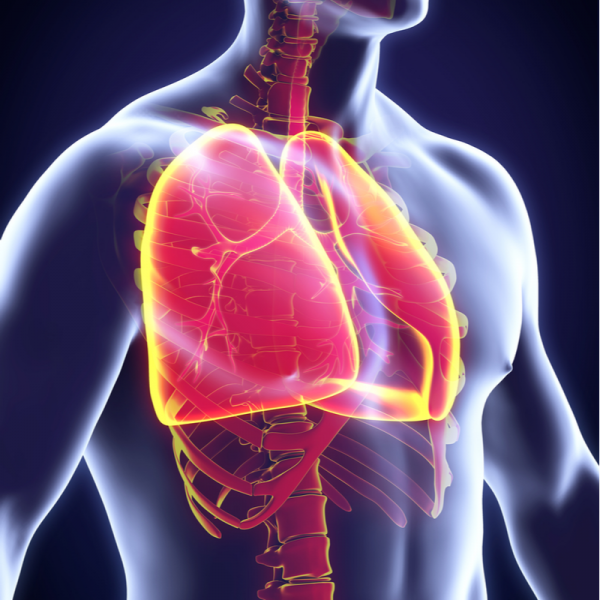
What is a mediastinal cyst?
A mediastinal cyst is a disease of the interstitial space (mediastinum) in which cavities filled with mucus or fluid develop. Most of the time, a mediastinal cyst is discovered by chance and behaves asymptomatically. However, in some patients, a mediastinal cyst can cause non-specific symptoms, such as shortness of breath, a feeling of pressure, hoarseness, coughing and/or difficulty swallowing, which can also be caused by other diseases. Mediastinal cysts are relatively common and account for 12 per cent of the most common primary mediastinal tumours.
What forms are mediastinal cysts divided into?
Mediastinal cysts, which are usually congenital, are divided into the following forms:
- bronchogenic cysts: malformation of the lung, which occur mainly in the middle mediastinum,
- enterogenic cysts: cyst in the spinal canal, which carry the risk of bleeding or rupture,
- pericardial cysts: cyst located between the right atrium and the diaphragm, which can lead to haemodynamic compression of the heart.
How is a mediastinal cyst diagnosed?
A mediastinal cyst is usually diagnosed incidentally during an imaging examination. This may include an ultrasound scan, chest X-ray, computerised tomography (CT) or magnetic resonance imaging (MRI). To classify the cyst, a tissue sample is taken using a minimally invasive procedure. This usually involves an endoscopy of the mediastinal cavity (mediastinoscopy), which is carried out under general anaesthetic.
How is a mediastinal cyst treated?
The treatment of a mediastinal cyst depends on its size and the source of infection. While a non-infected bronchogenic cyst can be treated by needle puncture, surgical removal is preferred for enterogenic and pericardial cysts. In this case, a minimally intensive procedure is usually performed, with the following three procedures available:
- Cervical mediastinoscopy: the incision is made above the sternum, at the so-called jugular fossa.
- Parasternal mediastinoscopy: By removing a rib segment next to the breastbone, enough space is created to bring the mediastinoscope into the chest cavity.
- Thoracoscopy: The mediastinoscope is inserted through a small incision in the side of the chest wall to remove the cyst.
In a few cases, if the tumour is either too large or in an inaccessible location, a thoracotomy is performed. This is a skin incision about 7 centimetres long, made laterally to provide access to the mediastinal cavity.
| Pathogen | Source | Members - Area |
|---|---|---|
| Mediastinal cyst | EDTFL | As a NLS member you have direct access to these frequency lists |
| Mediastinal cyst | KHZ | As NLS member you have direct access to these frequency lists |
